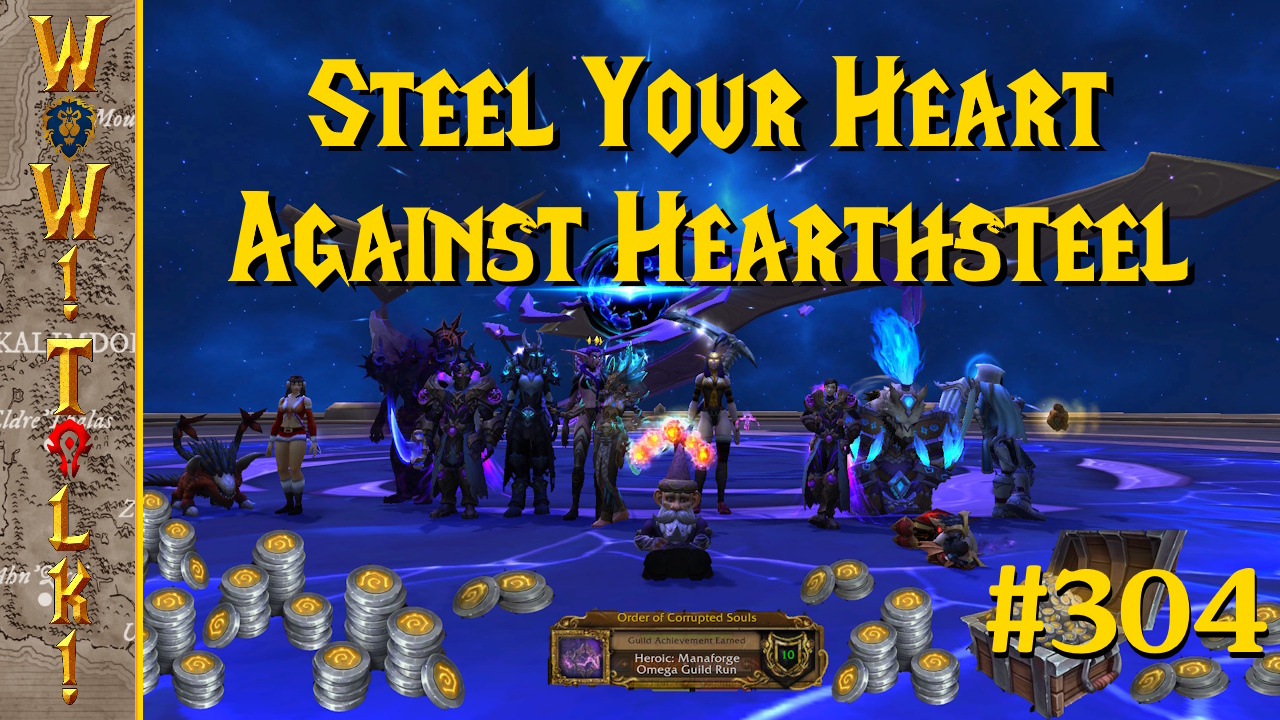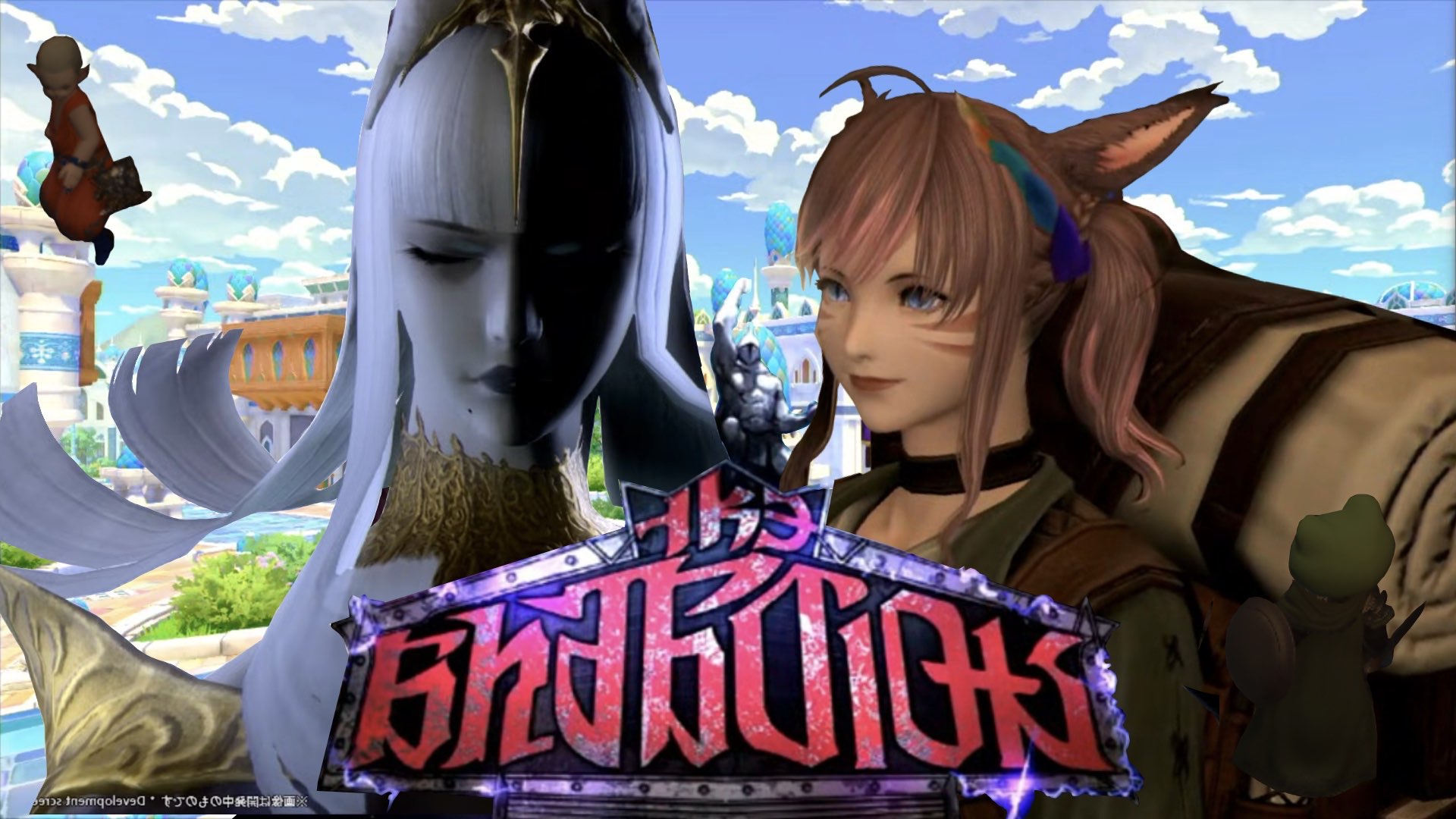
Its hard to review Penny Arcade’s On the Rainslick Precipice of Darkness 3 without comparing it to the other games in the franchise. With Zeboyd picking up development duties from Hothead Games, the style of the game changed significantly; changing from a modern-style RPG to an old-school, 16-bit RPG. Zeboyd is well known for games like Cthulu Saves the World (which harken back to an older style), and this game continues in that vein.
The game focuses on Gabe, Tycho, and some friends as they travel around New Arcadia trying to prevent the nefarious Dr. Blood from ending the world. There are plenty of Penny Arcade cameos, from both characters and the people behind the scenes. Longtime fans of the series will be rewarded, but to anyone else, the characters will fit in naturally with the odd world that is presented. A slight recap will fill anyone in who either missed out on the first two games or forgot all the details of what occurred previously. It’s a shame that the game had to lose the player-generated character who teamed up with the heroes earlier in the series, but instead we get two characters added to the party that allow the game to follow the traditional four-man team of RPG’s from that time.
Graphically, the game does what it sets out to do. Gabe admitted that after his disappointment with his involvement in the prior installments, he had nothing to do with this. The artists do an admirable job of mirroring his style. Since the characters are all 16 and 8-bit representations, there’s some interpretation to be applied anyway. Most of the enemies follow the Penny Arcade style, although a few appear to be generic RPG monsters. It’s hard to tell by the 16-bit characterization if they were inspired by Gabe’s art or created on their own. When established Penny Arcade characters appear (especially as enemies, which are allowed to be graphically bigger), the art looks like it was taken directly from Gabe; so there’s nothing to nitpick in those instances.
Some of the levels feature the same parallax effect from the earlier Final Fantasy games, where the maps is placed over a steadily moving image. It is exactly as effective as in the old games, and I liked it. However, some of the game resources, such as the Victory/Defeat graphics and the menus, were taken straight from Cthulu Saves the World. Zeboyd didn’t need to reinvent the wheel in those cases, so they didn’t.

The sounds were disappointing if only because in transitioning styles, we lost the arch-voice of the Narrator. There is still narration, but we are left to read it and intone the narrator in our own head. The rest of the game has stereotypical 16-bit sound. The menus boop as one would expect them to boop. It’s a solid job by Zeboyd.
As for the gameplay, each party member has a designated class. While leveling up they learn new abilities for use in battle. Each party member can also learn up to two additional classes that are assigned from thirteen class pins that are acquired throughout the game. These classes include Penny Arcade staples like Tube Samurai, Elemenstor, and Crabomancer; but also include some additional, interesting takes on RPG characters. There’s the masochist with attacks that center around hurting oneself, and the diva who sacrifices one’s teammates to perform better. My personal favorite is the Dinosorcerer, who transforms into dinosaurs in order to fight.
The challenge of the game comes in alloting eight of these skills among the four characters to figure out the best way to maximize their use amongst each individual skillset, as well as play the skills off each other. For example, Tycho, as a Scholar, gets a heal as part of his class. The Gentleman class also has a heal. Making Tycho a healer gives him a redundant skill, but it may be worth it since Gentleman also has a revive skill that Tycho does not naturally have.
In battle each character has a number of hit points, and when they drop to zero from taking damage, they are dead. If the whole party dies, then they are defeated, and you start from where you were before the battle began. Battles work off a timeline, where each character’s speed determines how fast they move across the line. At about 3/4ths of the way across, they hit the COMMAND bar, which is when you get to decide their action, and then once they move the rest of the way to the end of the bar, they take that action.

It’s important when choosing to remember that due to speed differences some characters will hit the ACT bar first, but will get overtaken before they hit ACT bar at the end; therefore you may not be choosing actions in the same order that they will occur. You can also see enemies on the timeline so you can gauge when they will be attacking, which is important for strategy. Some characters have interrupt skills, which can be used to push enemies back along the timeline bar and result in a delay of their action. Characters can attack, defend, use an item, or use a class skill on each turn.
Each turn characters generate 1 MP. Each class skill requires a different amount of MP, so the trick is to figure out which skills and attacks should be used to build up MP and then unleash more damaging attacks once the MP is available. This is where the real challenge of class-stacking comes into play; as some classes don’t use much MP, and some have skills that use a lot for maximum damage. Also, items do not work in the traditional sense. As you progress through the game you will find upgroids, which allow for items to be used in battle. More upgroids mean items can be used more often. So the first potion upgroid will allow you to use one potion in battle, and the second upgroid will allow you to use two potions in battle. This is nice because it removes the concept of inventory management from the game.
Too many RPG’s result in a long list of items that you acquire, and potion management requires earning enough money to be able to stash 99 potions for an emergency. This game has none of that to its credit. After each battle, characters are healed and restored; so there’s no micromanaging of health statuses. As much as this game is a throwback, this is another aspect that was brilliantly removed, so that the old school style of RPG can be enjoyed without the annoying mid-battle preparations.
The world map of New Arcadia shows the city, and as you progress through the game you will unlock more locations. There’s a road with dots in it that is reminiscent of Super Mario World. Clicking on a dot allows you to enter that area, which is effectively a dungeon. When in the dungeon, characters are free to move around, and for most of the game, you can see the enemies on the map; so you aren’t surprised by random battles. There is one part of the game that intentionally breaks from this, and without giving spoilers, it’s done for an awesome homage.

Overall, the game is a fun throwback. It doesn’t take too long to play, and the pricetag is a low one ($5 on steam. AND you get Cthulu Saves the World and Breath of Death VII). The story is amusing with its twists and turns, and features some fun takes on the genre. There’s one part that’s fun to play through where the party gets split, and it’s handled in a rather clever fashion. Of course, we know there’s going to be an episode 4, so don’t be surprised if the ending doesn’t wrap everything up nicely. After three games, four years, and two developers, we’ve certainly earned a nice cliffhanger ending.




